Dynamic ASIN Optimization: Tips For Advertising Sponsored Brands
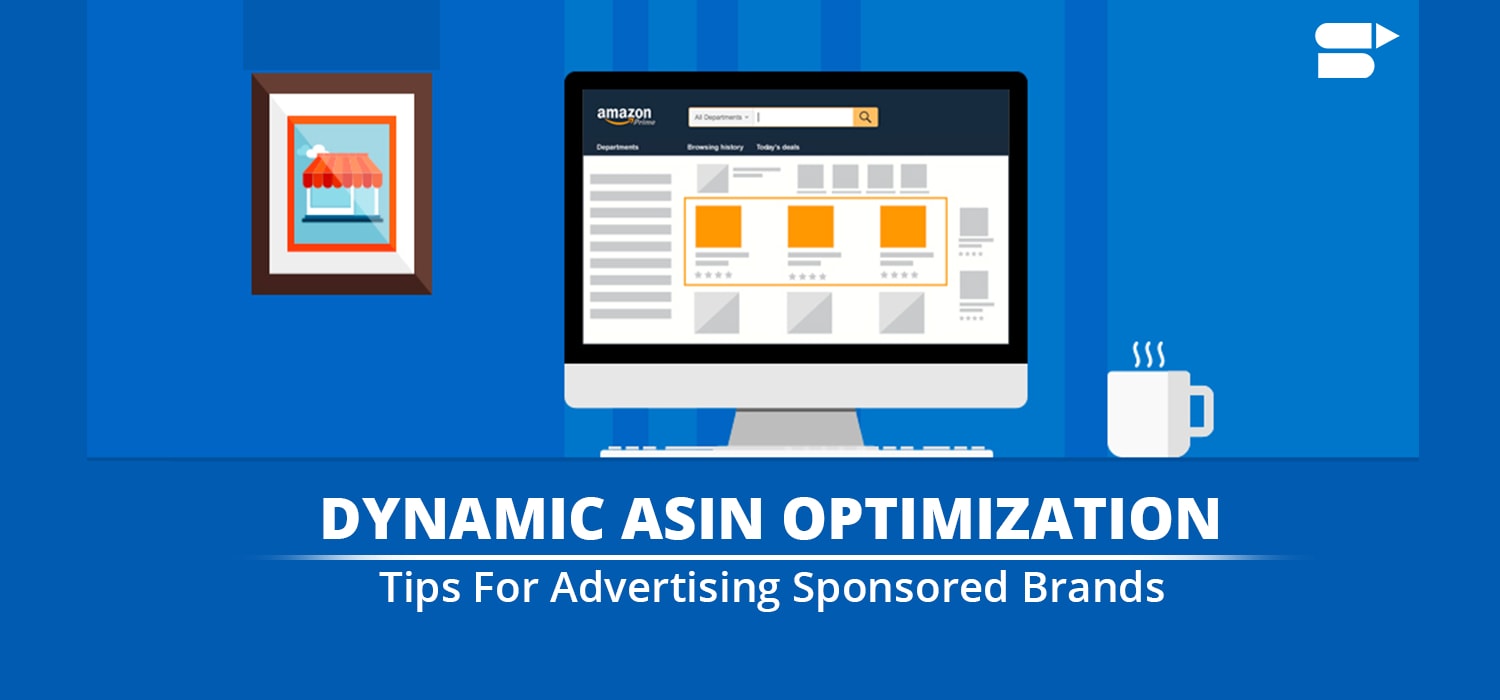
If you have been selling on Amazon Marketplace for quite some time now, then you would have been familiar with its advertising program. However, they recently launched their dynamic ASIN optimization exclusively for Sponsored Brands. Ever wondered what it is or took some time reading about it to improve sales? If not, then here is a detailed article explaining everything about it.
Quick Tour:
- What Are Sponsored Brands?
- Who Can Use Sponsored Brands?
- Eligibility Requirements For Sponsored Brands
- How To Create A Sponsored Brand Campaign
- Conclusion
So, let’s get started.
What Are Sponsored Brands?
A Sponsored Brand is the foremost thing every shopper comes across when he or she searches for a product on Amazon Marketplace.
Note: Formerly, Sponsored Brand Ads were known as Headline Search Ads.
According to Amazon, a Sponsored Brand is an ad, which features 3 aspects:
- Brand logo
- Custom headline, and
- Maximum of 3 products
A sponsored ad appears on the search results and helps generate visibility for a brand and enhances its product portfolio.
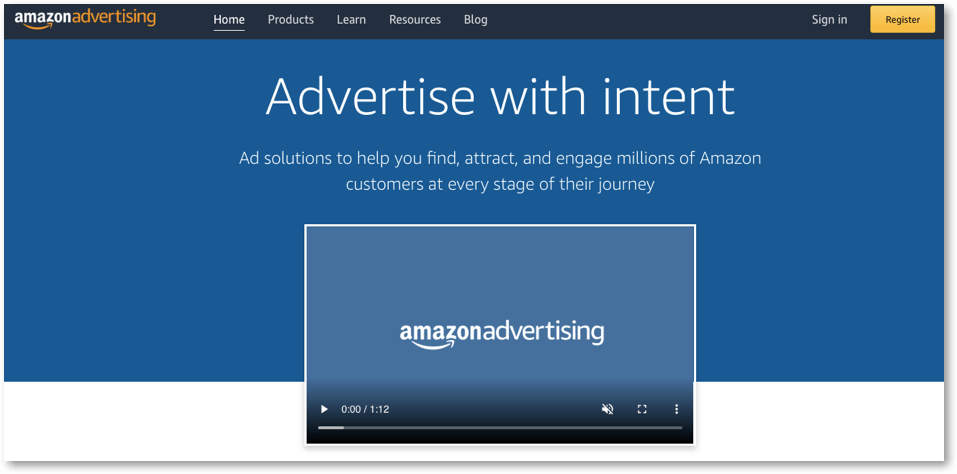
A Sponsored Brand ad shows up in both mobile and desktop search, assisting brands to increase their product recognition. A seller can pick the amount he or she wants to bid for a click and the type of keywords he or she wants to target.
During May 2019, Amazon made a few exciting updates for Sponsored Brands in terms of keyword targeting, even including variation matching, broad match modifiers, ad negative keywords.
Again recently, Amazon has announced a fresh update, which is called Dynamic ASIN optimization, exclusively for Sponsored Brands ads both in the UK and the US.
Who Can Use Sponsored Brands?
A Sponsored Brand is available for any professional seller who has enrolled with Amazon Brand Registry program. Besides this, book vendors, agencies, and vendors are also eligible.

So, what does this mean for sellers?
If you are advertising via Amazon Sponsored Brands, this brand new optimization feature will allow you to engage potential shoppers with dynamic Sponsored Brands ads. These ads will be displayed automatically to relevant Amazon ASINs on your landing page or store based on an individual’s search.
Rather than choosing various ASINs manually for every keyword, you can actually set up a campaign for the entire landing page or store. Then, Amazon will select and show you the most applicable or relevant products to match a shopper’s search.
Which parts of a sponsored brand campaign can be updated dynamically?
Well, the new optimization feature will update 3 product slots dynamically. But the headline and featured image will stay the same throughout the campaign. Now, if you want to enable a dynamic ASIN optimization, ensure that the headline stays somewhat general and not specific.
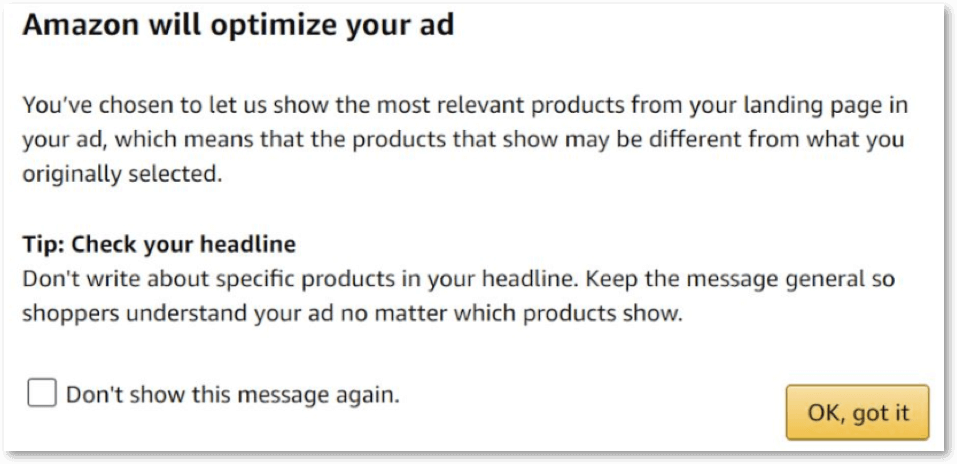
Note: Do not mention products in specific because different buyers will look for different products based on the keywords they search.
Moreover, you cannot choose a product and allow Amazon to pick the rest. Keep in mind that you will either have to choose the products manually or let Amazon choose all the products for you.
But with dynamic ASIN optimization, you’re giving Amazon the reins to choose any item from your landing page(s) to show in the advertisement.
So, how does Amazon determines “contextual relevancy” from customer search terms and the ASINs that surface in an optimized Sponsored Brand ad?
Well, an ASIN is selected depending on a mixture of both these aspects:
- Performance metrics of an advertiser’s store (most-clicked and best-selling ASINs on the landing pages).
- Relevancy model (related search queries for an ASIN’s product content)
Recent Updates From Amazon for Sponsored Brand Ads
As said above, sponsored brand ads appear on both mobile and desktop. They are a great way to enhance product recognition and increase brand awareness.
With this feature, you get to choose the keywords to aim and since these ads work based on the cost-per-click model, you can decide the amount to bid for clicks. So, this option makes a Sponsored Brand ad accessible to sellers with the different set of budgets.
The recent updates from Amazon for Sponsored Brands comprises 3 major modifications to keyword targeting:
- Variation matches
- Negative keywords
- Broad-match modifiers
Variation Matches: Broad-match keyword targeting includes synonyms, plurals, and other words associated to your main keywords.
Say, for instance, if your ad targets the keyword “heels,” your ads might now display on a shopper’s searches for “sandals” or “flats.”
Variation matches will help you get your ad in front of shoppers without matching the exact keyword used while searching.
Negative Keywords: A brand can now make use of negative keyword targeting in Sponsored Brand campaign builder & campaign manager.
When a buyer’s search queries match the negative keywords that you set, your ads won’t show up on the SERPs (Search Engine Results Page). This helps in keeping your advertisements from showing in irrelevant searches.
You can also use negative keywords with a phrase, exact, and broad match keyword targeting.
Broad-Match Modifiers: Sponsored Brand keyword targeting currently offers access to broad match modifiers. A broad match modifier allows you to ensure that your ad shows only if a broad-matched keyword is complemented by a particular word — or a modifier.
To add a broad-match modifier, you need to add a (+) plus sign before a modifier. Let’s consider the “heels” example again here. Assume that you sell only women’s heels.
By adding “+women sandals” as broad-match keyword, you can make sure that your ad shows up only in search results if the search phrase includes the term “women.”
This modifier allows your ad to display when a shopper searches for “women sandals” or “women flats,” but not “shoes” or “sneakers.”
So, why do such updates from Amazon even matter?
The answer is simple–your hard-earned money is involved.
When you are paying for every click for your ad, hit a good balance between showing in a few or too many searches.
Now, if your ads appear in searches, which are not related to your products, you may have certain shoppers clicking your ad and who aren’t likely to purchase your product. However, if you happen to over-target or use only exact-match keywords, you might lose out on interested shoppers and related searches.
These 3 new updates help you to:
- Target more specifically
- Reach more buyers
- Control ad spends more carefully
After reading this, you might want to know if such features are available for Sponsored Products too? Well, as far as we have researched there is no such option for Sponsored Products.
Eligibility Requirements For Sponsored Brands
In order to enroll in Amazon’s Sponsored Brands, these eligibility requirements need to be met:
Account eligibility requirements:
- Vendor or professional seller
- A seller should be a registered brand owner via Amazon Brand Registry program
- Active account with good performance metrics
- Valid payment methods
- Should be able to ship the products to the country being advertised for
- Product listings should be available in one ore more product categories (check the table given below)
Product requirements
A Sponsored Brand ad is available for these categories. Amazon doesn’t support used, adult, and refurbished products.
| Camera | Furniture | TV and movies | Music instruments | Games and Toys |
|---|---|---|---|---|
| Books | Fine Arts | Scientific and Industrial | Music | Software |
| Appliances | Entertainment | Kitchen and Home | Outdoors | Sports |
| Apparel | Collectibles | Gourmet food and Grocery | Office products | Watches |
| Sewing, Arts & Crafts | Electronics | Personal and health care | Garden, lawn, and patio | Games and Toys |
| Baby | Computers | Handmade | Watches | Home improvement and tools |
| Automotive accessories and parts | Collectible Coins | Luggage | Wine | Sports collectibles |
| Beauty | Clothing and accessories | Shoes | Sports | Sports |
| Batteries | Cell phones and accessories | Pet supplies | Software | Video games |
Sponsored Brand: Campaign Limit
A sponsored brand campaign can have these as the maximum limit:
| Type | Limitation |
|---|---|
| Number of ads in a campaign | 100 |
| Number of keywords in a campaign | 1000 |
Sponsored Brand: Moderation
As soon as you create a Sponsored Brand ad, it goes through a review process. As said above, Amazon will email about the approval. If there is any change required, it will also notify you via your registered email. The review process takes only 24 hours, but sometimes can go up to 3 working days.
Note that as an advertiser, it allows you to promote products that are your own or the ones that may distribute or resell. Your ad should be accurate and true to what it says. While creating your ad, please make sure that you describe it accurately.
It clearly mentions the requirements for ad creative in Amazon’s Creative acceptance policies. To pass the moderation review, it is important that your creative ads meet these requirements.
Here are a few key tips to note:
- Do not use terms like “top-selling,” “best-rated,” or “best.”
- Check for punctuation, spelling, capitalization, and grammatical errors. Begin your headline with the capital letter. Never use CaMeL CaSe or ALL CAPS. Exceptions can apply only if they capitalize your brand.
- Ads with misspellings, odd punctuations, and all capital letters might cause rejection or disapproval.
- Make sure that your brand’s logo is in the ad so that shoppers can locate you as an advertiser. Don’t forget to include a relevant, unique headline and highlight key product features.
- If you refer to seasonal event(s) in your headline (like Valentine’s Day or Christmas for instance), ensure that you have a proper start & end date for the campaign.
How To Create A Sponsored Brand Campaign?
Follow these steps:
Step 1: Navigate to Campaign Manager, choose Create Campaign, and then click Sponsored Brands.
Step 2: In the section called Settings, enter these details:
- Campaign Name: This is the name of your sponsored brands campaign and once you enter this, they will show it on the Campaign Manager. But it will neither appear in the ads nor will it shown to buyers.
- Portfolio: A portfolio is a set of campaigns, which you can organize to meet your ad requirements.
- Start & End Date: Choose a start & end date, which works for you. Once this is done, you can begin your campaign right away, or schedule it, and run it continuously (without end date). At any time, you can stop or pause your campaign and start once again. Whenever a campaign completes its end date, it is automatically archived. Note that archived campaigns cannot be reinstated. If you want to make any modification, you will have to create it new.
- Budget: Mention the total amount that you are going to spend. You can set the budget either a lifetime or daily basis.
- Brand: To create a Sponsored Brand campaign, you can only use products from a single brand. You can’t create a campaign from multiple brands.
- Landing Page: For this, your options involve a neat landing page, a Store, or a customized landing page. Choose your preferred option and follow the guidelines properly. If you choose Stores, the items you wish to advertise should already be there in the Store.
Step 3: Choose the products to advertise
Sponsored Brand ad allows you to feature a minimum of 3 products (but cannot exceed 100).
Amazon recommends you to choose products from the same category or items with similar keywords.
However, if you go for ASIN optimization, Amazon will pick select contextually relevant items from your landing page or Store to display in your ad creative. If they don’t see any good relevance sign among other products, they will use default products, which you choose in your ad creative.
Step 4: Give the ad creative
- Brand logo and name: For the logo, select an image of size 400×400 pixels and ensure that it is under 1MB.
- Headline: The ad copy must reflect your brand’s message.
Step 5: Enter the bids and keywords
Step 6: Submit the ad for the Amazon’s team to review
Now, before you hit that submit button, make sure you do a quick review of your ad campaign. As soon as they approve your campaign, you will don’t have any option to edit some details like your ad creative, landing page, or products. To make any change, archive your campaign and then create a new one.
Note: Your ad goes through a strict review process from Amazon before it goes live. Amazon emails about the campaign approval or if it requires any modification. The review process takes only 24 hours to complete, but sometimes, it can go up to 3 business days.
Conclusion
All these new features from Amazon are available in Campaign Builder, Amazon Advertising API, and Campaign Manager.
So, you can use dynamic ASIN optimization for your upcoming campaigns. But note that you cannot apply content optimization for your existing ad campaigns. Instead, you have an option to clone them with your current campaigns and re-launch them with dynamic optimization enabled.
So, how will you leverage this incredible feature for your upcoming campaigns? Let us know in the comments section.
Additional Resource:
How Much Does Amazon Advertising Cost


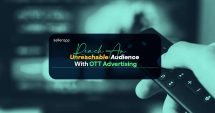
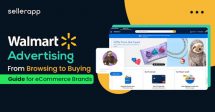
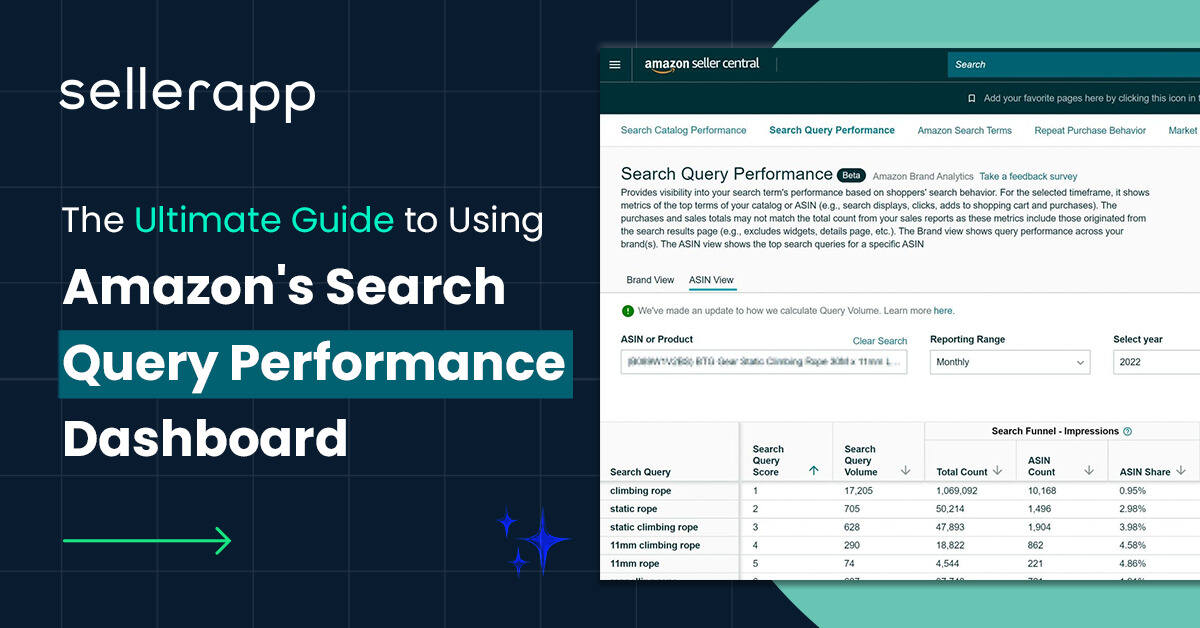
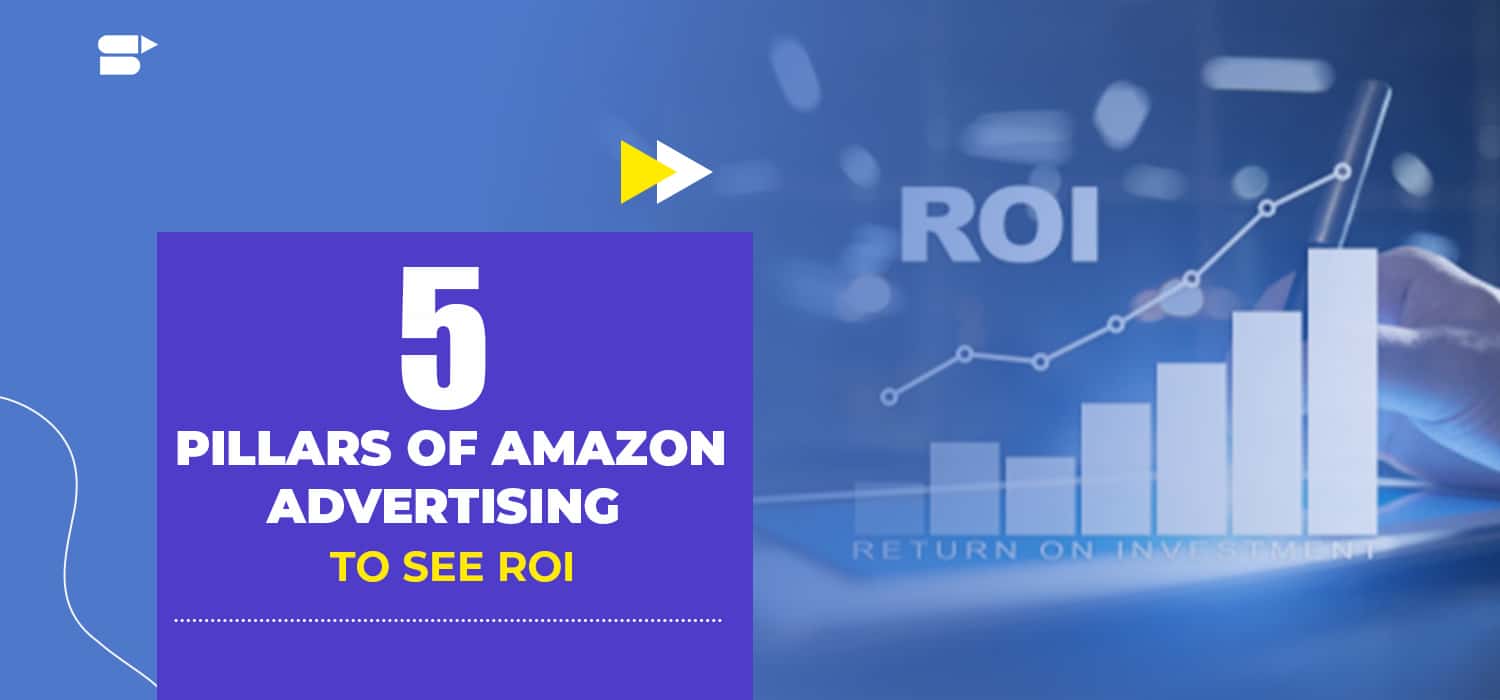
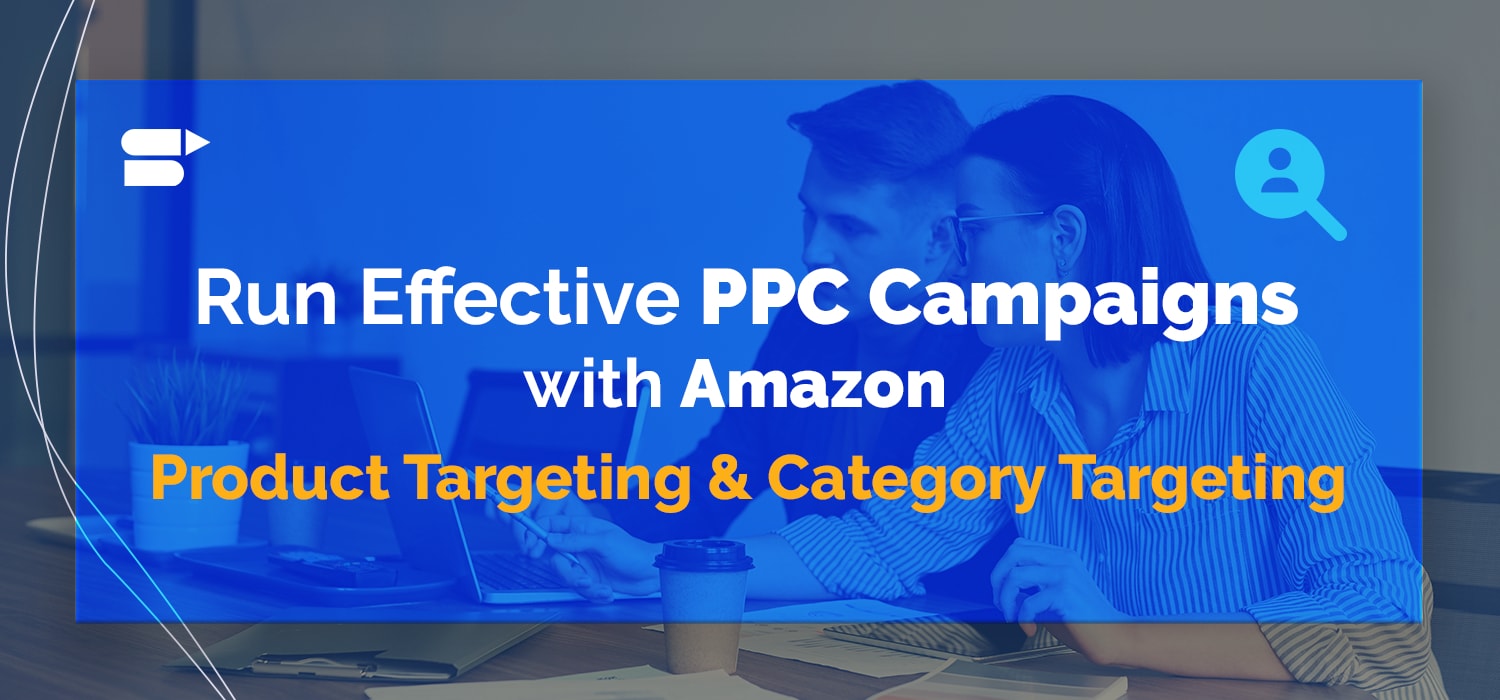
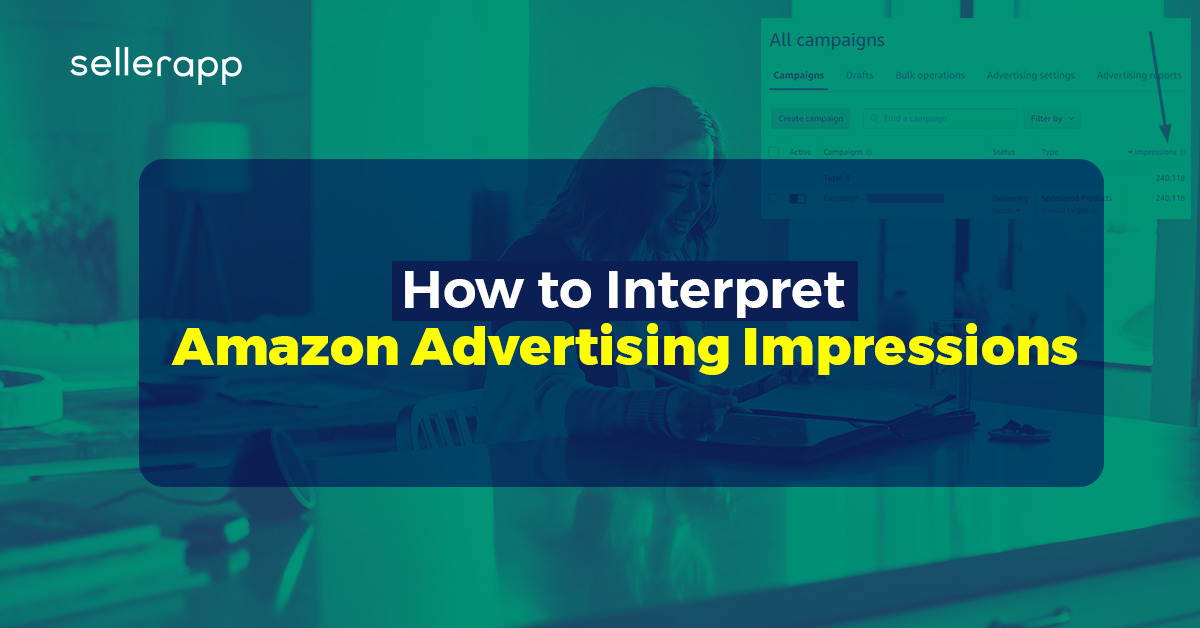

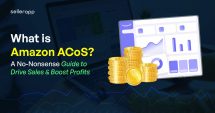
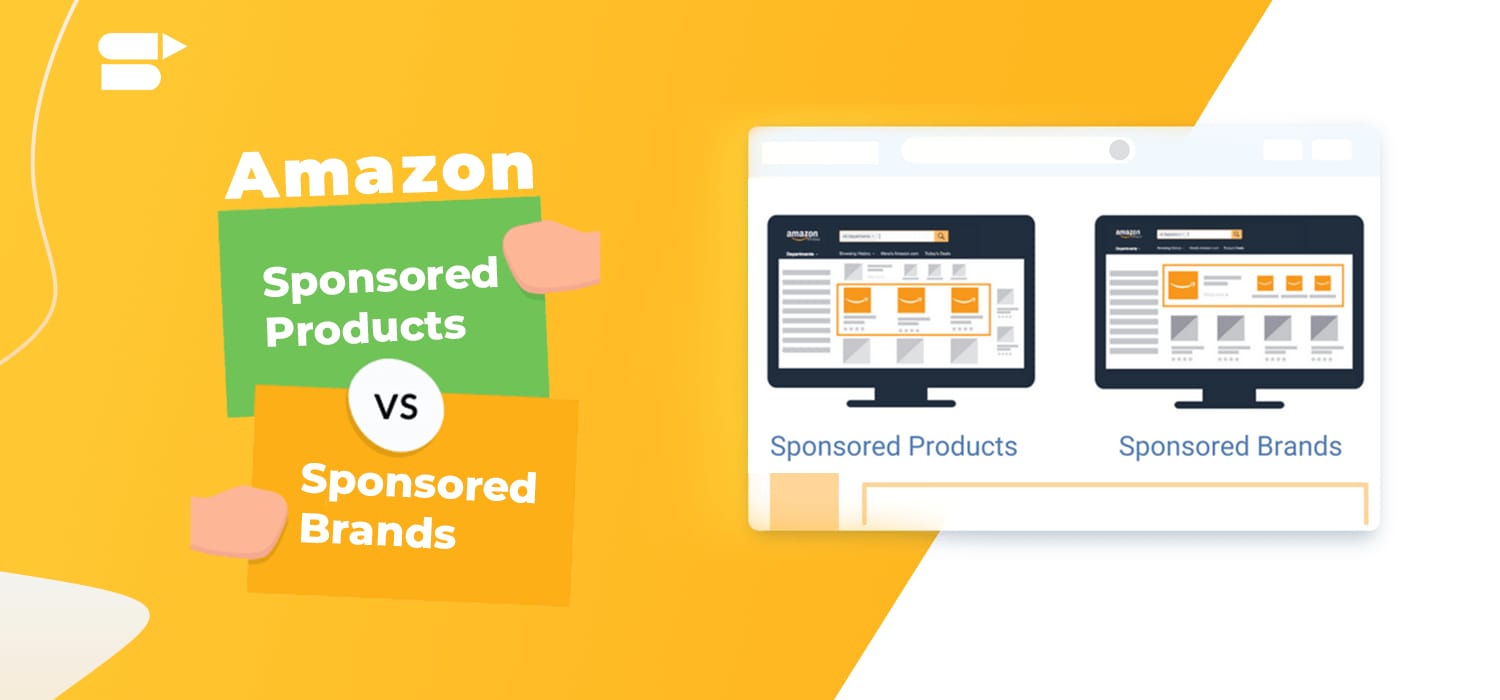
Stevbemi
November 5, 2019Really Helpful Post
Thank you
Clifford Hargens
February 25, 2021How does Dynamic Sponsored Brands ads work?
Arishekar N
June 9, 2021Dynamic Sponsored Brands ads will be displayed automatically to relevant ASINs on your landing page or store based on an individual’s search.
Cukrzyca
March 1, 2021Awesome post!
Thank you SellerApp
Arishekar N
May 27, 2022Thank you.
Antonis
April 7, 2022I sincerely took pleasure in reading your weblog, you explained some superior points.
Arishekar N
May 27, 2022Thanks for reading.
Wedge
April 13, 2022Your blog has provided us with valuable information to work on. You have done a marvelous job!
Arishekar N
May 27, 2022Glad you liked the article.